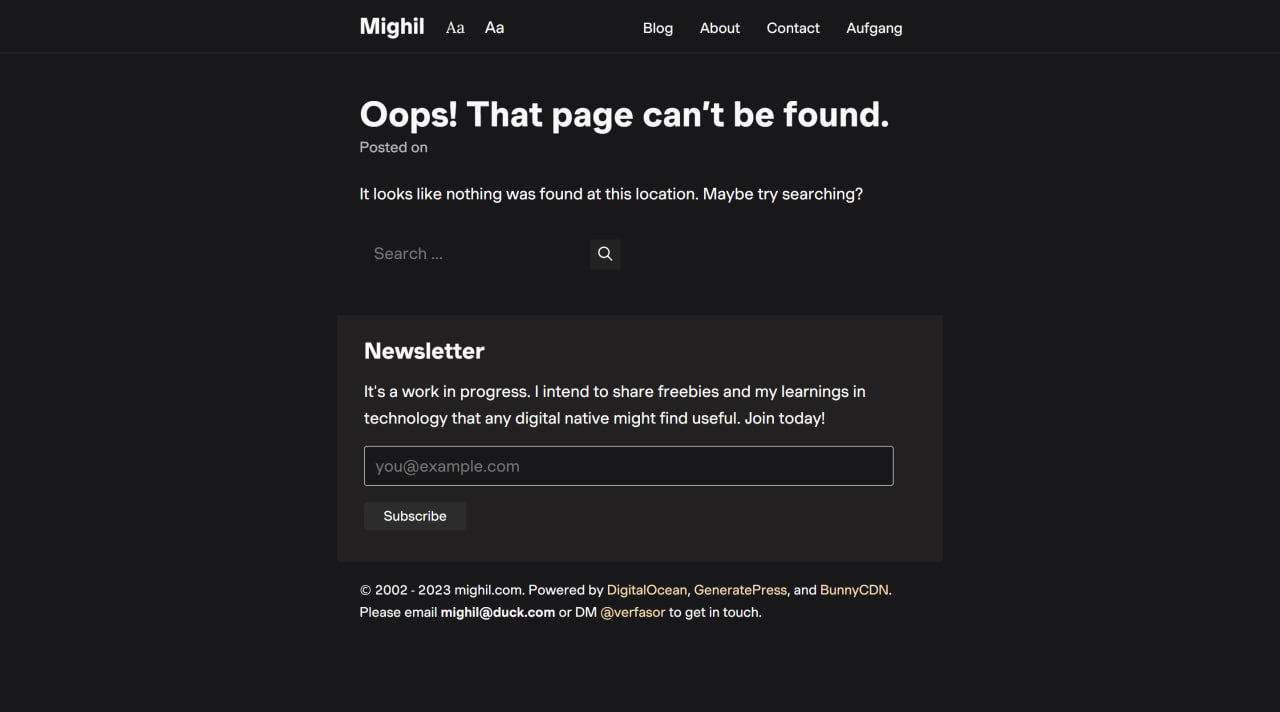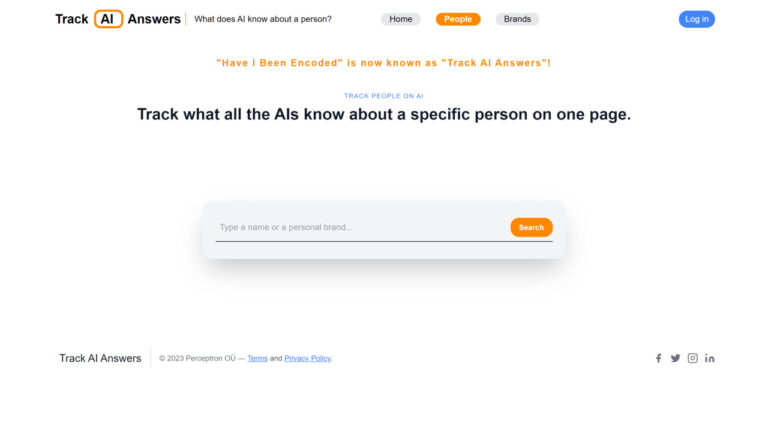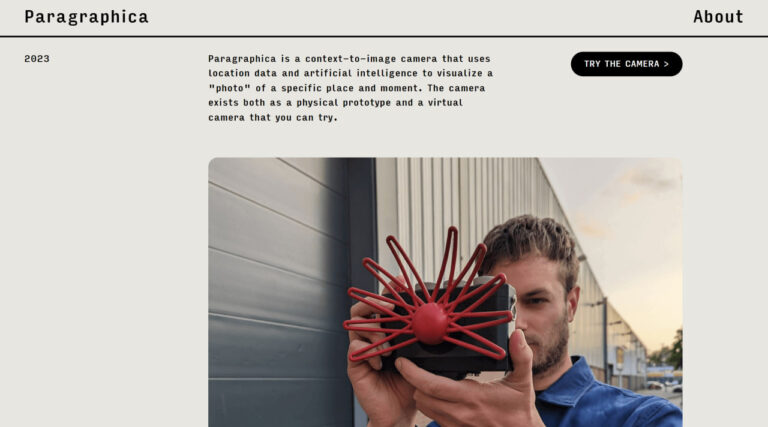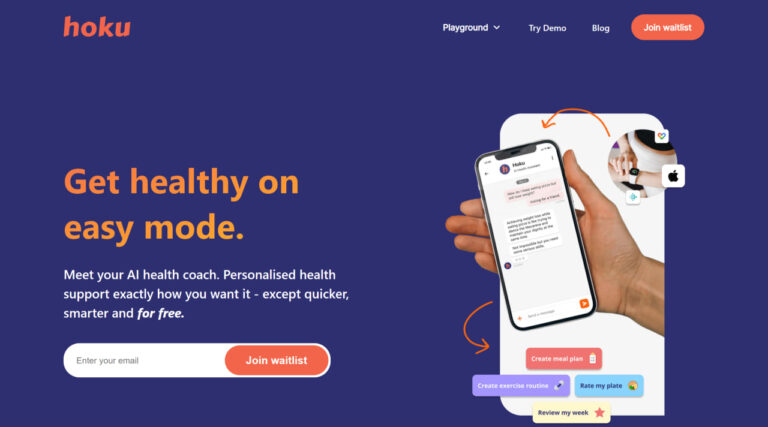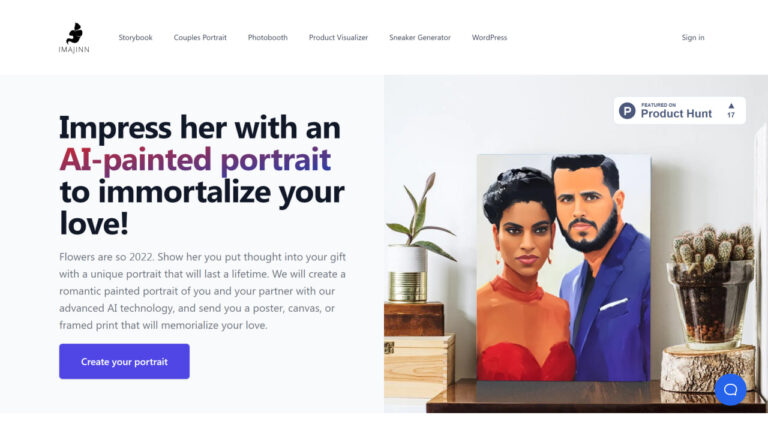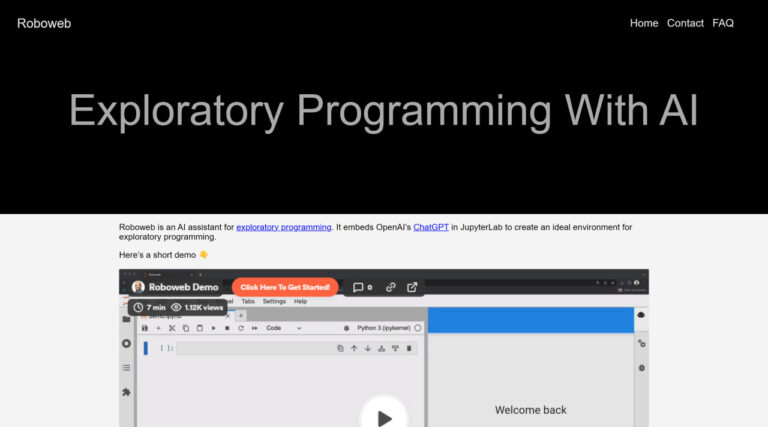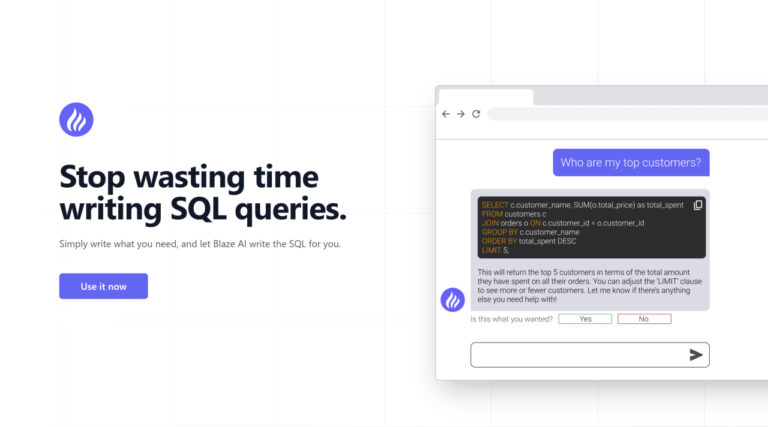LoopGPT is the latest advancement in AI language models, specifically the GPT series, introduced on March 14th, 2023, by OpenAI. Building upon the success of its predecessors, GPT-2 and GPT-3, LoopGPT, also known as GPT-4, has garnered significant attention and excitement within the tech community due to its groundbreaking capabilities. It is part of the GPT-3.5 series, which was released in 2022, and takes the concept of “Generative Pre-Trained Transformers” to a whole new level. Unlike previous models, GPT-4 is not only limited to text input but also possesses visual and audio processing capabilities, making it a highly versatile AI language model. It can generate up to 50 pages of text in a single request with impressive factual accuracy, setting a new standard for language understanding models.
Features:
- Multimodal Capabilities: GPT-4 is a significant leap in AI technology, as it goes beyond text processing and can now understand and process visual and audio inputs. This advancement opens up numerous possibilities for applications in various industries.
- High Accuracy: GPT-4 has demonstrated remarkable factual accuracy, which is vital for tasks that require precise and reliable information. This enhanced accuracy allows businesses and users to trust and rely on GPT-4 for complex tasks.
- Extended Conversational Abilities: GPT-4’s conversational skills have been improved significantly, allowing it to hold long and meaningful conversations with users. This makes it highly suitable for automating customer support and other interaction-heavy tasks.
- Improved Learning Experience: Educational platforms such as Duolingo have integrated GPT-4 to enhance language learning experiences. New features like “Explain My Answer” and “Role Play” provide personalized feedback and enable learners to master languages through practical conversations.
- AI-Driven Customer Support: Companies like Intercom have leveraged GPT-4’s conversational capabilities to create AI chatbots like “Fin,” which can handle customer support queries. The chatbot uses GPT-4 to provide responses based on the company’s knowledge base and redirects complex queries to human support when necessary.
- AI Visual Assistants: Organizations like Be My Eyes have tapped into GPT-4’s visual processing capabilities to power AI visual assistants. These assistants offer instant interpretation and conversational assistance to blind or low-vision users, including identifying objects and recommending recipes.
Use Cases:
- Customer Support Automation: GPT-4’s conversational abilities make it a powerful tool for automating customer support. Companies like Intercom have already deployed AI chatbots, such as “Fin,” which can efficiently handle support queries, reducing response times and improving user experiences.
- AI-Powered Collaboration: OpenAI and Stripe have collaborated to improve user experience and combat fraud. Using GPT-4, Stripe’s documentation page allows users to get answers in natural language, enhancing the interaction and accessibility of their services.
- AI Visual Assistants: Be My Eyes utilizes GPT-4’s visual processing capabilities to develop AI visual assistants for the blind and low-vision users. These assistants offer real-time interpretation and assistance, even recommending recipes from images of fridge contents.
- Personalized Language Learning: Duolingo’s new subscription tier, “Duolingo Max,” incorporates GPT-4 to provide a more personalized learning experience. Features like “Explain My Answer” and “Role Play” offer learners insightful feedback and practical language practice.

